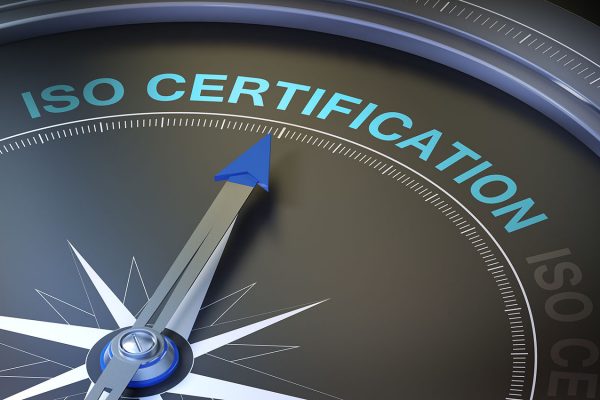A new study investigates the prevalence of ISO standards for interpreting (ISOI) implementation within the…

In our most recent industry research, we explored the current and future challenges faced by global organizations related to their management of translation.
As an overriding trend, it is no surprise to see that quality of translations is the dominating concern of most people and how it can be maintained at scale with increasing demand. With over 500 respondents we received feedback from those involved in content generation and localization of content from public and private companies across Europe, Asia Pacific, North America and other regions.
89% of those surveyed agree that translation quality is much more important than cost
What is interesting is that the research, although casting a spotlight on corporations, uncovers a host of opportunities for LSPs to help their clients address the quality challenge.
With increasing content, organizations are finding it harder and harder to address the task of maintaining quality at scale. According to our research, maintaining quality is the top challenge for companies now, and they also anticipate it being the top challenge 5 years from now.
So where exactly can the LSPs help? It may seem obvious: as a service provider, you are there to take on the translation work that companies are unable to handle. 89% of our research participants already outsource work, of which 30% expect to send increasing amounts to LSPs over the next couple of years.
But of course, it’s not as simple as that. Corporations want to be confident that the quality they seek from in-house translations can also be maintained by working with external partners, and working with new people means new processes which can take time and patience to get used to.
Overcoming the challenge
To meet the large-scale demand for translations whilst maintaining high quality, we think that connections matter. The connections between the individuals working together, between the systems and processes of two companies, between humans and technology.
Collaboration is key, and here are four ways that LSPs can work with their customers to achieve their common goals:
- Build trust to confidently share resources
40% of those outsourcing translation work are not sharing their resources(translation memories, terminology databases etc.) with those they outsource to, a scenario which most likely has a negative effect on the quality of the translations and increases time spent on reviewing and editing. This is often likely due to concerns about security, so it is vital that the relationship between client and the LSP should be seen as a partnership to build that trust level.
We know that LSPs are generally used to working with different clients and being flexible according to the needs of each one, so the next step is to develop stronger connections with each customer and understand their expectations relating to quality.
- Manage consistency and quality effectively
Terminology is hugely important for most corporate companies and needs to be kept consistent; 57% of those surveyed are already using terminology management tools. However, there is still an opportunity as an LSP to provide additional guidance to their clients on the importance of sharing the terminology resources that have already been created, ensuring that you and your customers are agreed on how terminology should be managed for each project.
The sharing of terminology and other assets needs to be facilitated by the workflows put in place between the two partners, so that each person working on a project can benefit from the relevant resources. It is also advisable to spend some time working together to define how the quality of the translations will be assessed. A surprisingly large percentage (53%) of companies don’t have a formalized process for this, so perhaps some collaboration or even advice on how to handle this stage of the translation process would be beneficial to them.
- Embrace technology for greater collaboration
Our research revealed that 94% agree that translation technology is vital to meeting the high demand for translations and clearly the industry is already using more technology than ever. Integrations that enable different systems to work together to the self-learning adaptive machine translation engines learning from an individual translator’s post-edits are already being embraced, but for corporations, maintaining quality in the face of increasing demand is not just about individual translation productivity, but as much about ensuring consistency across projects, translators, and the wider business.
Interestingly only 51% of those Corporates who took part in our research are using collaboration tools to share assets that could improve this consistency. Conversely as an LSP, project management tools that allow greater collaboration and automation to free up your project manager’s time from everyday admin so they can spend more time talking with clients are essential.
Thus LSPs and their clients should discuss the different types of technology that can enable efficient, productive ways of working together and look for new solutions for problems that are no longer being solved by current technology.
- Keep up the communication
Finally, don’t stop talking to each other. Build your connections, define your processes and try to work with each customer as one large team rather than two different teams, so that any issues can be resolved quickly. It always comes back to connections: to achieve the highest standards in what we do, we need to know how to work together. Achieving high-quality output is more than just each individual’s input; each part of the process needs to fit together so that the sum is greater than its parts.



